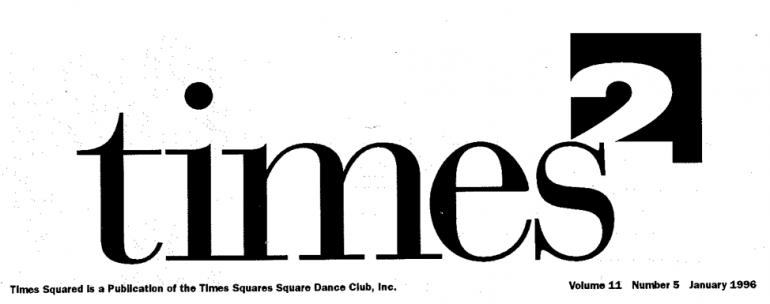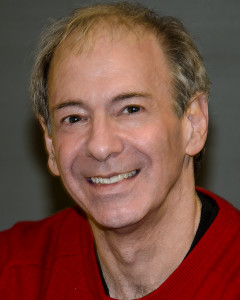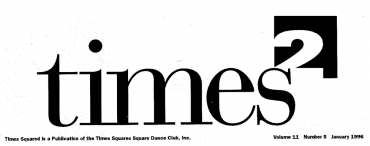This is the second in our series on drag in Times Squares. View previous or next article.
This issue of the newsletter is full of commentary about the issue of drag within the Times Squares. Since my profession is advertising and public relations, I thought a few of my thoughts on the subject might be appropriate.

The Gay Pride Parade is our community’s single most visible public relations display to the world at large each year. The media loves to show pictures of men dressed as women, or as butterflies, or as anything other than what appears to be “normal” people; these images are more colorful, provoking and in general make for much better press than reporting that, for the 19th year in a row, 100,000 “normal-looking” people, who happen to be gay, went marching down Fifth Avenue to show that they are everywhere and want to be accepted by society for what they are – normal, productive, valuable human beings with a right to their place in society without fear of hatred, prejudice, violence or death on account of their sexual orientation. And let’s not lose sight of the goals of the ”gay liberation movement”. The gay movement is a movement looking to achieve acceptance for our community by society regardless of our sexual orientation, not to reinforce society’s rejection of us.
From a public relations point of view, those who appear in women’s drag, leather drag, or any other ‘outrageous” form of costume play in the desire of the media to portray our community as a bunch of “freaks’ and ‘queers”. Does this mean that no one should appear in the parade in this fashion? As much as the public relations man in me wants to say “yes.” The civil rights activist in me says “no”. Who are we, who have suffered so much as a result of trying to make our true natures conform to the constraints of “straight” society, to demand that our brothers and sisters in the gay community now conform to a dress code so as not to offend the sensibilities of that same society?
On the other hand, my perception is that none of our members is clinically a “transvestite,” which calls into question whether or not we are truly dealing with a “civil rights” issue in this situation. Drag is used in our club for laughs and for a good time at our own affairs. What we must address here are two issues: 1) assuming that we are not defending the civil rights of any clinical transvestite to live out his (or her) true nature shouldn’t those of our members who dress is drag “for a laugh” be more conscious of the appropriate times and places for these laughs and be more sensitive to the possible media and image repercussions of drag when at such a public media circus as the Gay Pride Parade, and 2) does the Times Squares as an organization have any right whatsoever to determine its own public image – both within and outside of our own community – or is the organization ‘s image always to be determined by the whims of any individual member at any time regardless of the desires of the majority of its members?
Many of our members have strongly objected to drag at public functions in the aftermath of this year’s parade. Should those of our members who wish to march in drag be told that the club does not wish to project this image to the community at large, and that if they wish to appear in drag in the parade, there are other places in the line of march where such attire would be more welcome? I don’t claim to know what the desires of the club’s majority is, but perhaps the board should put the question of drag at public functions to a vote of the entire membership just to ascertain the feeling of the club members about these two central questions.



